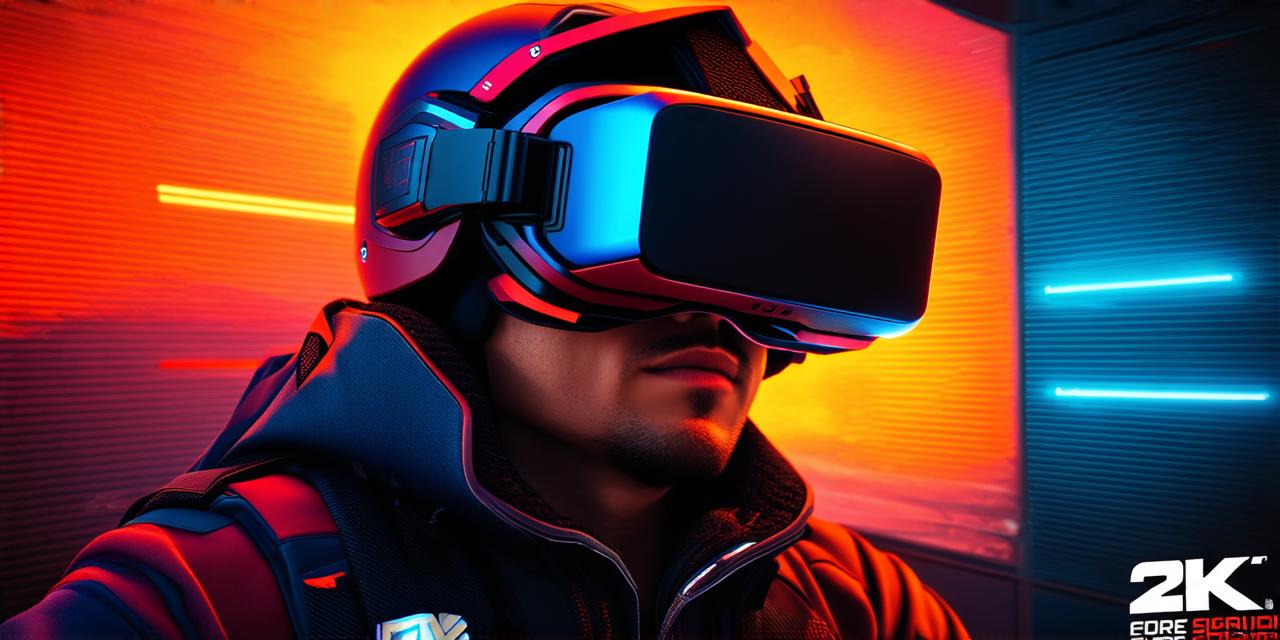<!DOCTYPE html>
What Makes the Ultimate VR Flight Simulator Unique?
Virtual reality (VR) is revolutionizing the way we experience immersive entertainment and training. One of the most popular VR applications is flight simulation. With the ability to fly in a virtual environment, VR flight simulators offer an unparalleled level of realism and excitement. In this article, we will explore the ultimate VR flight simulator and its features that make it stand out from the rest.
Realistic Graphics
The first thing that sets the ultimate VR flight simulator apart is its realistic graphics. With high-resolution 3D models and stunning visual effects, the virtual world looks and feels like a real-life aircraft cockpit. This level of realism makes the experience more immersive and engaging for users.
Advanced Physics Engine
The ultimate VR flight simulator also boasts an advanced physics engine that accurately simulates the movement and behavior of aircraft in the virtual world. With realistic flight dynamics, users can experience the thrill of flying without the risk of injury or damage to real-world assets.
Customizable Settings
One of the biggest advantages of the ultimate VR flight simulator is its customizable settings. Users can adjust various parameters such as weather conditions, time of day, and difficulty levels to create their perfect flight experience. This level of flexibility makes it possible for users to train in a variety of scenarios and environments.
Multiplayer Mode
The ultimate VR flight simulator also features a multiplayer mode that allows multiple users to fly together in the same virtual world. With this feature, users can compete against each other or work together to complete missions and objectives. This level of interaction adds an element of socialization and teamwork to the experience.
Comprehensive Training Features
Finally, the ultimate VR flight simulator offers comprehensive training features that make it a valuable tool for pilots and aviation professionals. With realistic scenarios and mission objectives, users can hone their skills and prepare for real-world flying situations. This level of realism makes it possible for users to experience the challenges and risks of actual flight without putting themselves or others at risk.
Case Studies: Real-World Applications of VR Flight Simulators
Virtual reality flight simulators are being used in a variety of industries, including aviation, military, and gaming. Here are some real-world examples of how VR flight simulators are being used:
Aviation Industry
The aviation industry is one of the biggest users of VR flight simulators. Airlines, private pilots, and military organizations all use VR flight simulators to train their pilots in a safe and controlled environment. For example, the US Air Force uses VR flight simulators to train its pilots for combat missions, while airlines like American Airlines use VR flight simulators to prepare their pilots for different weather conditions and scenarios.
Military Industry
The military is another industry that heavily relies on VR flight simulators for training purposes. Military organizations use VR flight simulators to train their pilots for combat missions, as well as to simulate complex operations such as airdrops and search-and-rescue missions. For example, the US Navy uses VR flight simulators to train its pilots for carrier-based combat missions.
Gaming Industry
The gaming industry is also using VR flight simulators to create more immersive and engaging experiences for players. Games like “Microsoft Flight Simulator” and “Dangerous Waters” offer users the chance to experience the thrill of flying in a virtual environment. These games are designed to be realistic and challenging, with accurate physics simulations and detailed graphics that transport players into the cockpit of an aircraft.
Real-Life Examples of VR Flight Simulators in Action
Virtual reality flight simulators are being used in a variety of real-world scenarios to train pilots and aviation professionals. Here are some examples:
Pilot Training
Pilots use VR flight simulators to practice flying skills in a safe and controlled environment. They can simulate different weather conditions, altitudes, and flight paths to hone their skills and prepare for real-world flying situations. For example, a pilot training for a commercial license might use a VR flight simulator to practice landing at a busy airport or flying through turbulence.
Military Training
Military organizations use VR flight simulators to train their pilots for combat missions and other complex operations. These simulations are designed to be as realistic as possible, with accurate physics simulations and detailed graphics that transport pilots into the cockpit of an aircraft. For example, a pilot training for a combat mission might use a VR flight simulator to practice flying in a hostile environment, such as over enemy territory or through bad weather conditions.
Flight Testing
Flight testing is another application of VR flight simulators. Engineers and designers use VR flight simulators to test new aircraft designs and configurations before they are built and tested in the real world. This level of simulation allows engineers to identify and fix issues before they become major problems, saving time and money in the long run.
Conclusion: The Ultimate Virtual Reality Flight Simulator
Virtual reality flight simulators offer an unparalleled level of realism and excitement for users. With advanced graphics, realistic physics simulations, customizable settings, multiplayer mode, and comprehensive training features, the ultimate VR flight simulator stands out from the rest. Whether you’re a pilot
